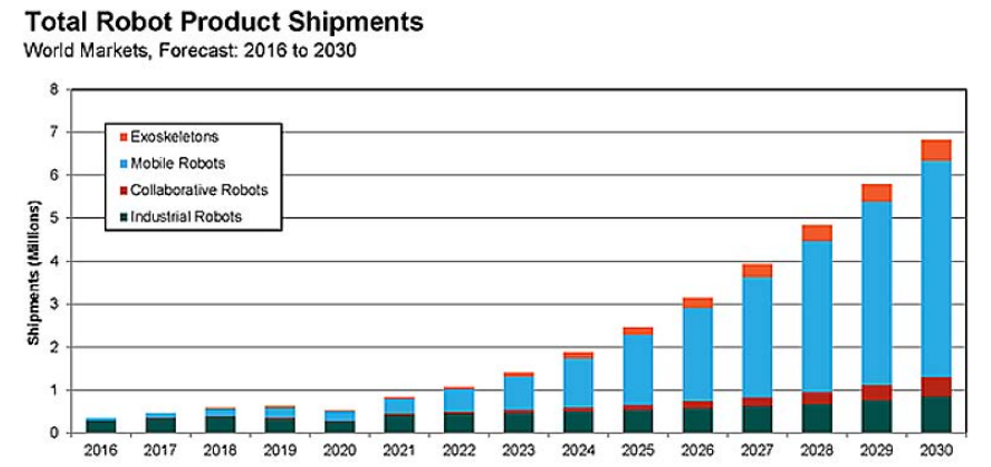RaaS and Cobots in Agri-Food?
Robotics and automation adoption are increasing across supply chains. Companies are no longer navigating the space as an option, but rather a necessary component to maintain a competitive advantage and increase resiliency. The International Federation of Robotics reported in 2020 that the market value of logistics robots sold or leased was up 110% to $1.9 billion from 2018 to 2019. Due to impacts of COVID, significant growth in automation and robotics is expected to accelerate early in the decade.
The complexity to replicate the tasks carried out by humans, like harvesting and processing meat, and large, upfront investment have limited adoption of robotics and automation in the agri-food value chain. However, Robotics as a Service (Raas) models and collaborative robots (cobots) are reducing the barriers in other areas.

RaaS models enable companies to integrate robots through cloud computing and cloud-based services without owning the robots. Cobots are providing plug and play peripherals like, sensors, grippers, and software. Pick and place robots for fruits and vegetables, robotic cutting and slicing for seafood or beef and vision-guided sorting robots for produce have also become promising technologies.
The International Federation of Robotics expects cobots to increase from 5% to 29% of the total industrial robot market by 2030, and ABI Research predicts that mobile robot shipments will overtake traditional industrial robots by 2022 and continue at a higher pace over the next decade. Autonomous Mobile Robots are expected to experience the highest growth by 2030 according to experts. Some of the advances in self-driving passenger vehicles are boosting the autonomous mobile robot sector, providing solutions for manufacturing and e-commerce fulfillment.
Why It Matters
Supply chain challenges over the past year has raised awareness of the need to accelerate the scale and adoption of automation devices, technologies, and capabilities to provide more flexible solutions and resiliency. As consumer needs become more customized, companies will need to invest in technologies that improve efficiency to remain competitive in the marketplace, as well as resiliency efforts to protect the supply chain from future crises.